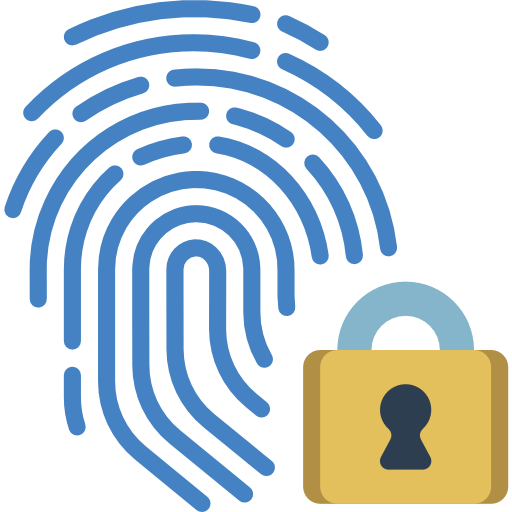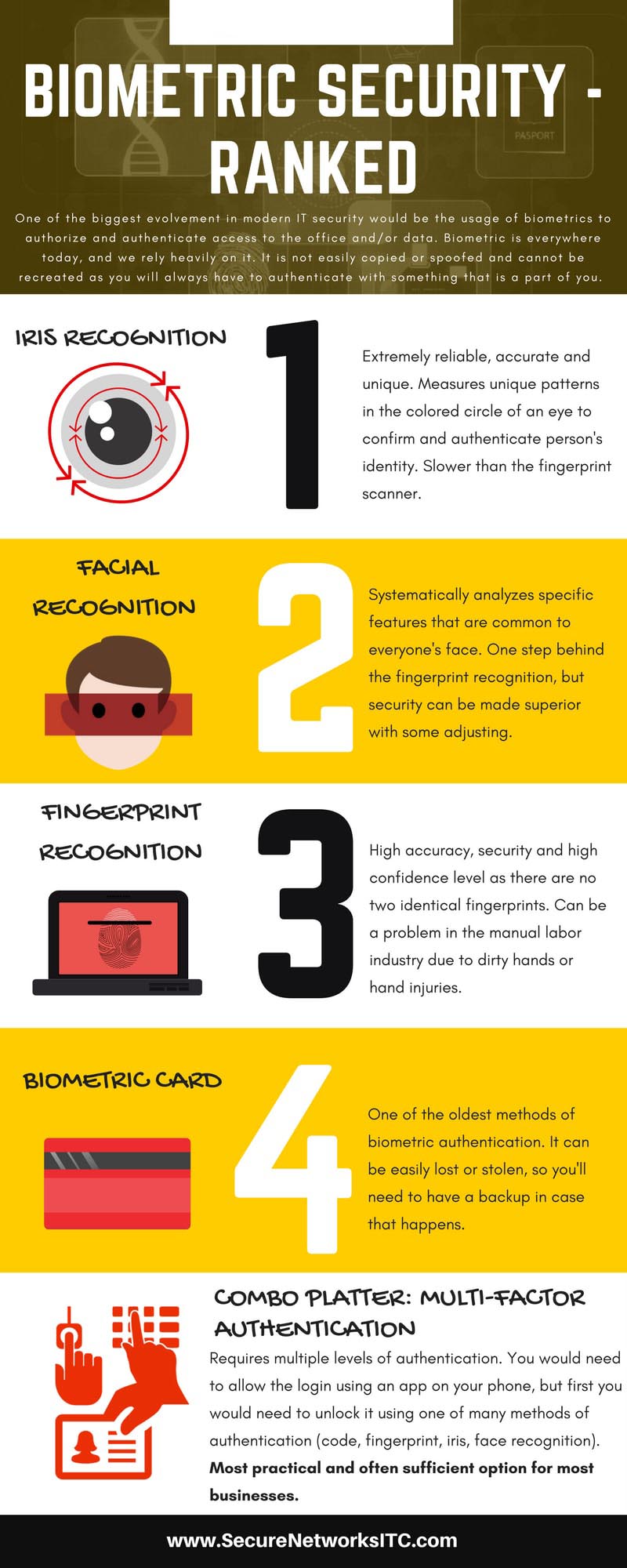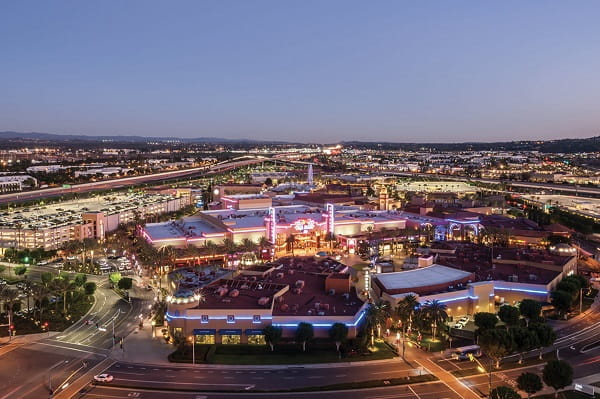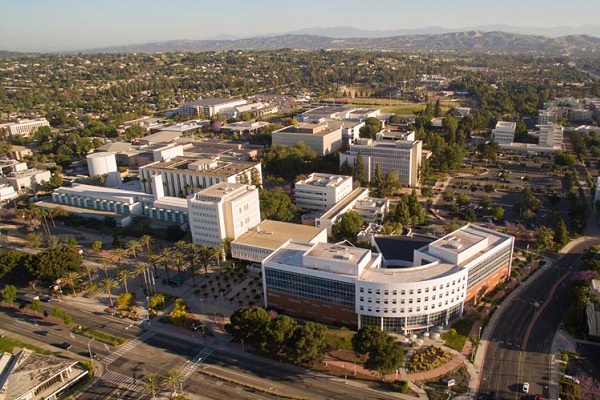Biometric Security & Digital Surveillance
It doesn't really matter if you are trying to reach a compliance with NIST or HIPAA or if you are just trying to improve the overall security of your IT environment, implementing the latest technology will certainly help you with that. One of the biggest evolvement in modern IT security would be the usage of biometrics to authorize and authenticate access to the office and/or data.
Secure Networks ITC is a trusted IT service provider for small and mid-sized businesses in Orange County for more than 15 years. Rest assured our IT security officers and consultants will help you choose the option that fits your organization's needs perfectly.


What we'll do:
- Get to know your business by analyzing its security requirements
- Recommend the right biometric security option or a combo-authentication option
- Recommend, map out and deploy your digital surveillance
- Perform regular checkups and maintenance of your camera systems
- Enhance the security of your facilities and employees

Biometrics are everywhere today, and we rely heavily on it. There isn't a smartphone on the market that doesn't have a fingerprint sensor. A lot of phones have facial detection or iris scanners as well, that really bumps up the security and make a hacker's job difficult. It is not easily copied or spoofed and cannot be recreated as you will always have to authenticate with something that is a part of you. In addition to this, IT biometrics are usually used in conjunction with the traditional form of authentication - complex password.
Speaking of HIPAA and NIST, did you know that a camera system is an integral part of the compliance? It not there just for show and it is extremely important to have one at your office. Monitoring your office 24/7 is a great security addition if your data gets compromised by the people you work with or by illegal entry. Not only that, it can provide you with insight of the responsibility of your coworkers. You can always check if someone is using external devices to copy or move data, or even loading their music library on to a work computer. Any external device can carry viruses or many different malwares.
Both camera surveillance and biometric security exist for a sole reason – to protect you and your business data in a more reliable way. It is understandable if you are not familiar with all the options out there, the differences and what would be suitable for YOUR business. And you don't need to be.
In case you'd like to learn more regarding the options that our experts recommend, read right through! And in case you are eager to install a reliable security, system and protect your premises as soon as possible, just contact us below or give us a call. We'd love to chat about your business and security options.
Biometric Security Ranked by Secure Networks ITC
#1 Iris Recognition
Currently, iris scanners hold the greatest levels of accuracy and extremely low rates of errors but is slower than fingerprint scanners which are widely available today. The biometrics measure unique patterns in the colored circle of an eye to confirm and authenticate person's identity as human iris remains unchained during the lifetime. It is, therefore, extremely reliable, accurate and unique. Just to give you an idea regarding how reliable it is, iris biometrics are used to protect CERN, the home of Large Hadron Collider, so that's how powerful identification it is. Besides, CERN, iris recognition is used for boarder control on airports and seaports, as an access control in medical institutes, laboratories and factories, identification for ATMs, for controlling restricted access to police evidence rooms, etc.#2 Facial Recognition
When it comes to safety, facial recognition is one step behind the fingerprint recognition. It does, however, have all kinds of different options, such as the 3-D mapping, so the security can be made superior with some adjustment. It has been around for decades, but it only now became accurate enough to be used in, let's say secure financial transactions. The technology for recognizing faces is expanding quickly and is changing the way people interact with banks, stores, transportation service, etc. Besides opening your office, laptop or smartphone with your face, the technology is finding more and more convenient applications. Answer this: are you the kind of person that hates carrying cash around, so the card is how you roll? Well, imagine not even carrying a card anymore – in China, for example, your face is enough to pay dinners, make purchases, get transportation tickets, etc.#3 Fingerprint Recognition
Fingerprint recognition is definitely one of the most popular biometric modalities used for personal identification and authentication applications, such as physical access control, attendance, customer and identification. The method gained great popularity in recent years due to extensive use in cell phones and national ID programs. Unlike iris recognition, fingertip recognition doesn't require user to remain motionless while the scan is performed. All the user needs to do is touch the fingerprint scanner and the authentication will be performed. As there are no two people on Earth that have same set of fingerprints, fingerprint recognition is extremely reliable. It does, however, have some limitations. For example, in case you work in a certain industry such as the manual labor industry, miss-readings can occur due to obvious reasons.#4 Biometric Card
Of course, having a fingerprint sensor or a 3D camera for facial recognition is not an option all the time, so you could use a biometric card that holds your information that is used when authenticating. It is one of the oldest methods of biometric authentication and has been around for years. It is even used when making payments using your credit card. Keep in mind, however, that a biometric card can be easily lost or stolen, so you'll need to have a backup in case that happens.Most Practical Option for Businesses: Multi-Factor Authentication
The biggest advancement when it comes to bridging the gap between biometrics and traditional methods of authentication, would be the multi-factor authentication method. You'll not only be required to type in your valid password, but also do a secondary authentication. There are many different solutions, and most will involve the usage of your smartphone, as the most crucial gadget you own. This option proved itself as the option best suitable for wide variety of businesses and in most cases, it is quite sufficient. The multi-factor, as the name suggests, requires multiple levels of authentication. Not only would you need to allow the login using an app on your phone, but you would need to unlock it first using one of many methods of authentication (code, fingerprint, iris, face recognition).
Secure Networks ITC Quick Guide Through Security Equipment
Biometric Security
Did you know that Windows 10 comes with its own biometric security built in? It is called Windows Hello. However, you would need to add certain hardware if not already present, to take the advantage of this technology. To get an instant access to Windows 10 devices by using facial recognition, your laptop will need a built-in 3-D camera. To gain access by using a fingerprint, your laptop will need to have a built-in fingertip reader. In case you don't have such a laptop, you'll still be able to protect your device old-school style – with a password and a pin. But don't you go old-school style on us! There are a lot of different laptops, Dell Inspiron being one of many, that already have a 3D camera used for facial recognition built in. Dell XPS laptop, on the other hand, has a fingerprint reader. Both ways are a handy and a fast method to unlock your laptop with. Certainly, much faster than typing in your complex password, that's for sure. In most cases, biometrics will allow faster access and seamless experience, greater security and basically make complicated passwords redundant. In the end, why would you need a complex password? Even if it is simple as "password", the access will still need to be authenticated using an additional method. When it comes to cost, these systems aren't high tech like a vault from the movie Mission Imposible. You can find it on Amazon or eBay if you would like to add a fingerprint sensor or facial recognition as a method of authentication. The cheapest method would be to use the multi-factor authentication and make usage of your smartphone. The obvious implementation would be with employees working remotely. As we cannot directly control the environment outside the office, creating hurdles for the hackers is the best course of action. The procedure is very simple: employee opens a VPN connection and supplies their username and password. When successfully verified, the second authentication procedure will be initiated requiring interaction with the user and their phone. Even if their laptop gets stolen, you can feel safe that the server data won't get compromised.Digital Surveillance
There are many different options when it comes to camera systems on the market today. Depending on your budget and expectations from this system, you will end up choosing between two main categories: a cloud-based system or a physical system. Similar to your email server really. Cloud-based services are increasingly becoming popular with the obvious benefits, online – always. These kinds of services never go down and require little to no maintenance but come with a price. Paying for each camera per month, plus storage consumed can become a bit too expensive, while the equivalent safety and availability, with the right investment, can be on par. If you are using a smaller office and do not require more than 2-3 cameras, then going with a cloud solution might just be the best option for you. Cameras can be accessed from anywhere all the time, with the recording right there if you need it. All cloud-based camera systems have their own proprietary app that they use with support for any device really, iOS, Android, Windows, MacOS, etc. With larger offices and many different cameras, going with your own system might be the best option. It does require more hardware on site but can be setup to be extremely reliable. You can use wireless or wired cameras, plugged it into a camera system that can hold the recordings locally on the internal storage, externally on a NAS drive or even store data in the cloud. Again, as with the cloud-based system, there are apps that you can install on your smartphone, laptop or computer to access the cameras/recordings anytime, anywhere. Today, all cameras have Infra-red sensors for night recordings, use standard Ethernet cables for data transfers (so long coax cables) and have Full HD recording options. Choosing between the two types of system would be down to your requirements and budget. Cloud is more expensive in the long run, plus the recordings will always be somewhere else and not on your servers. But the availability, reliability and ease of setup is the clear benefit. On-site physical system can be pricey initially, but without any monthly rent costs it will become cheaper over time.With biometrics and a solid surveillance system you'll go beyond the basics and that's what it's all about. The technologically advanced world is raising up the bar when it comes to business security and that's what you should be doing as well. Give us a call to discuss various options and we'll analyze your business requirements and recommend security based on the size and type of your organization, the level of sensitivity of your data and the profile and routines of your employees.










